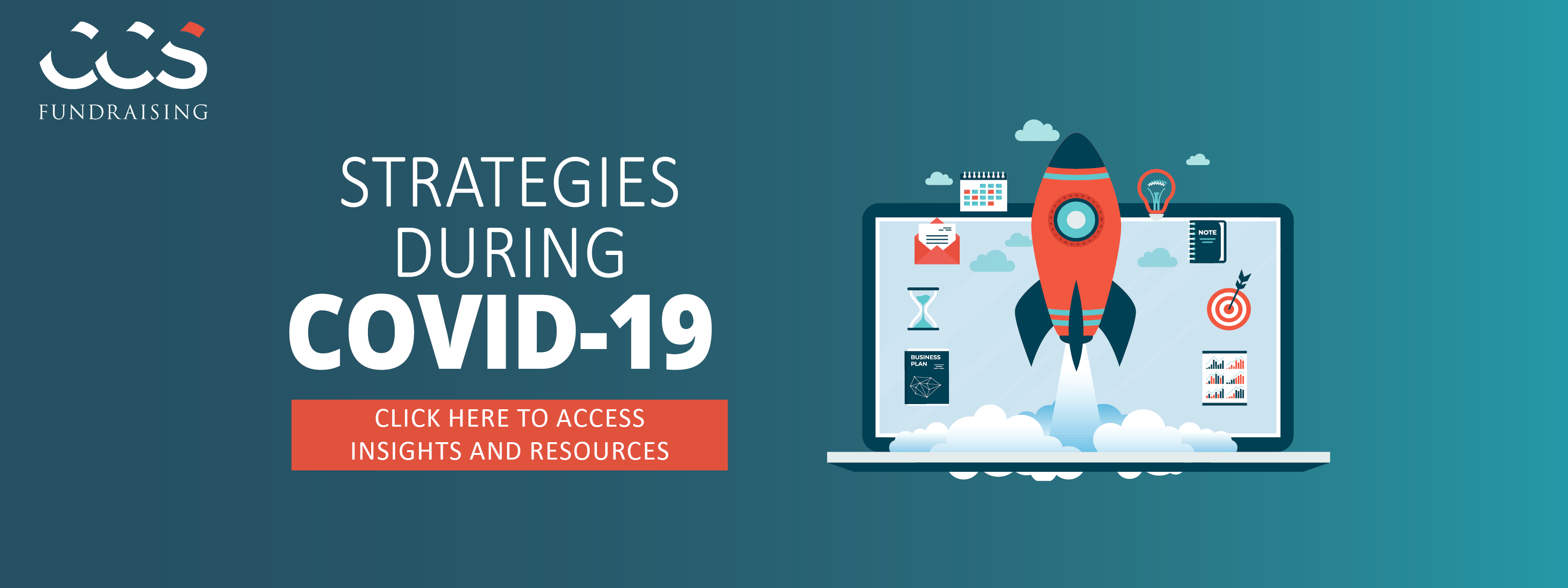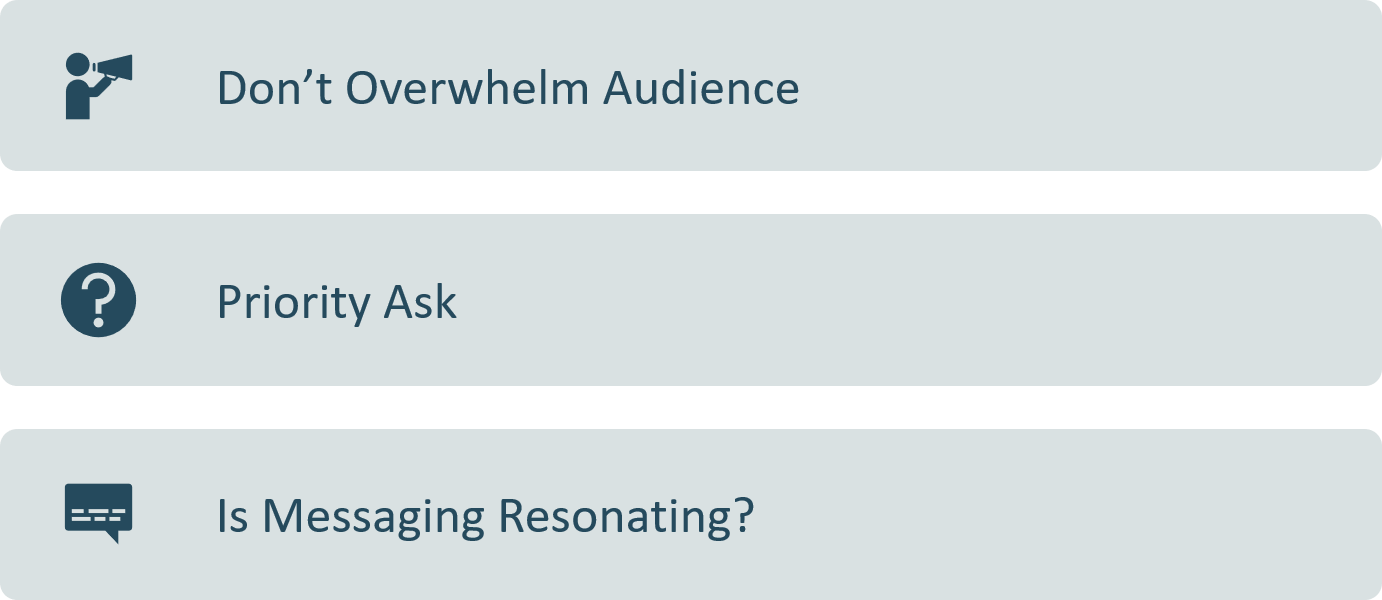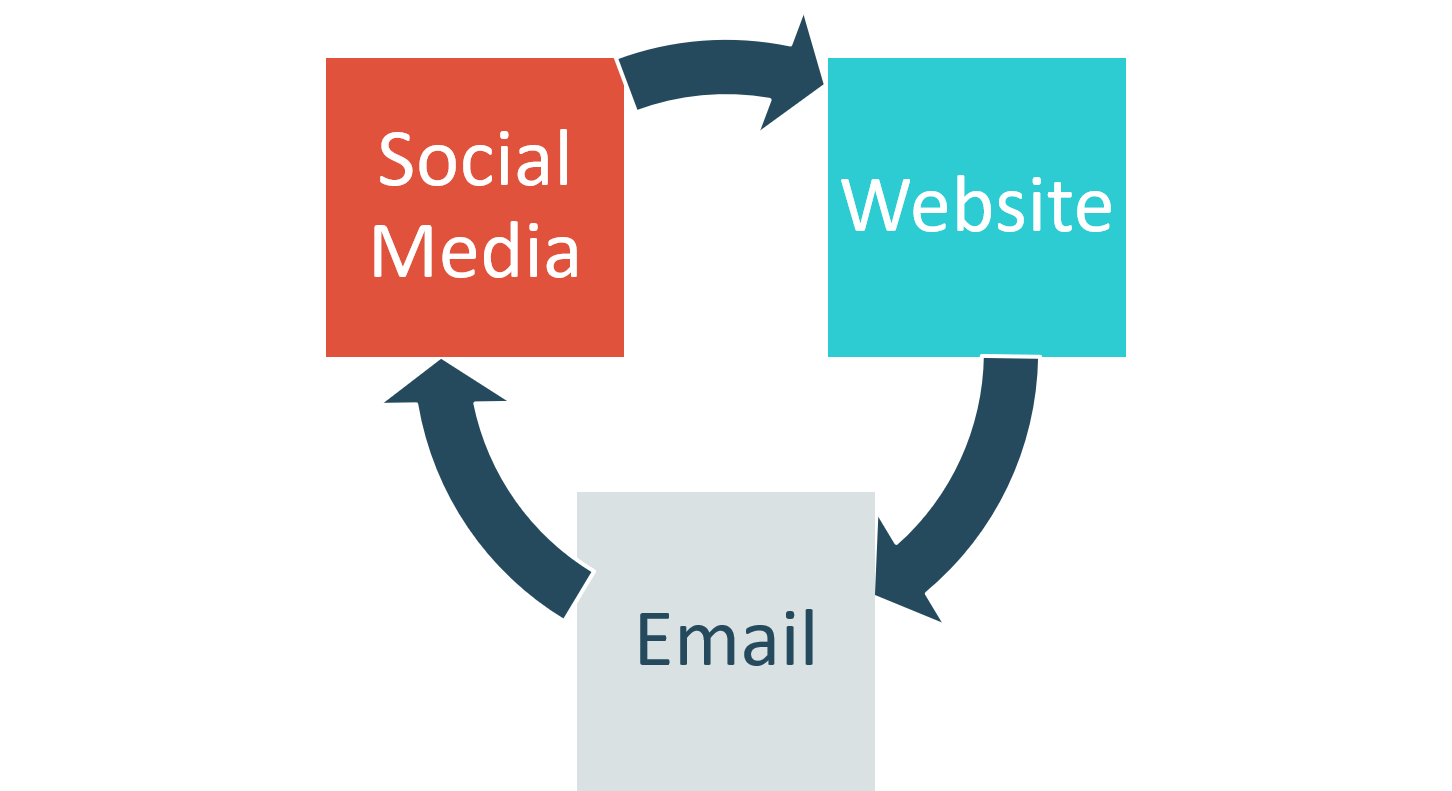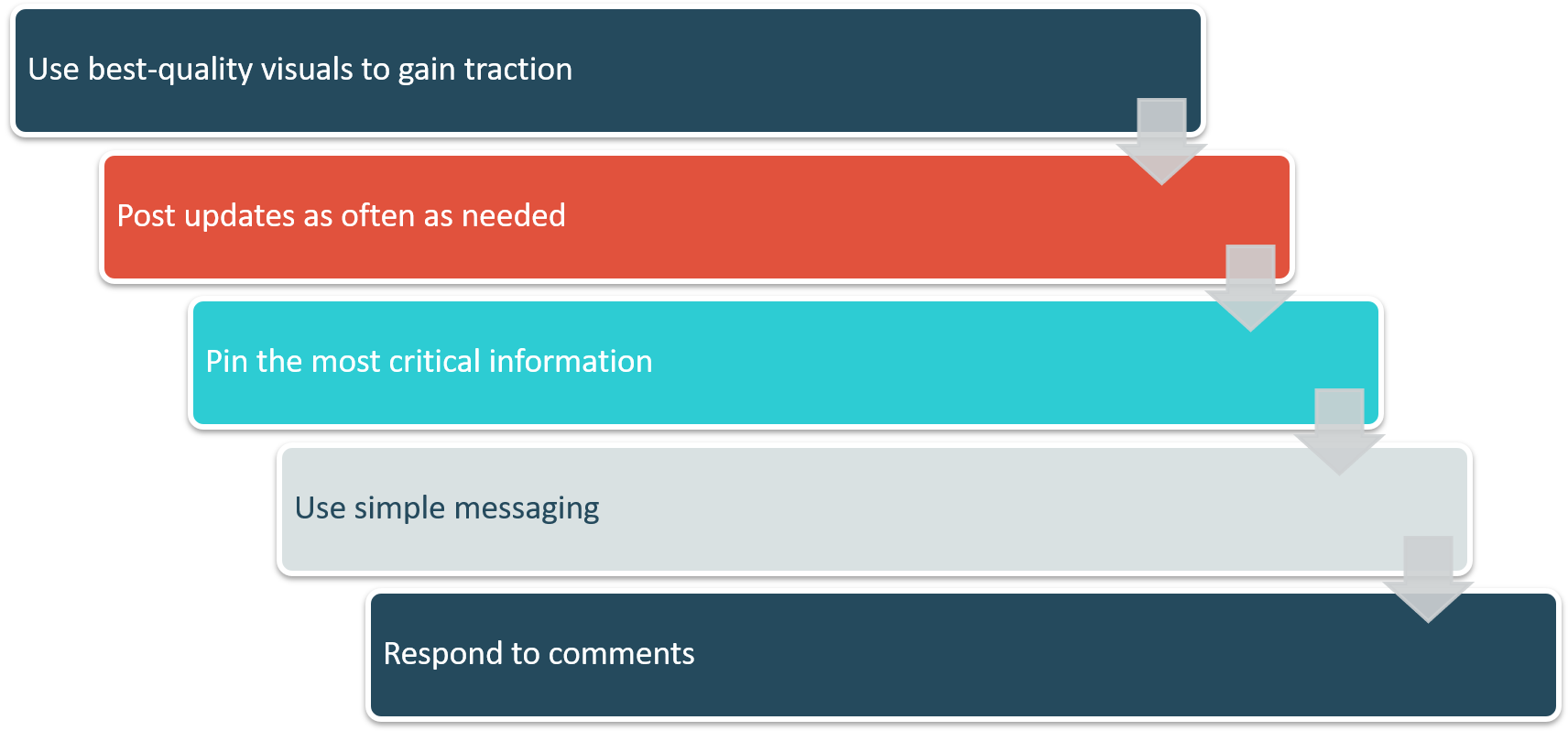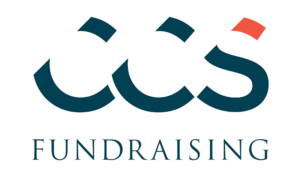It is no secret that large in-person events and galas are instrumental in raising awareness and funds for nonprofits across geographies and sectors. With these events currently on hold during the COVID-19 crisis, organizations are questioning how they can replicate their impact. The good news is that we are already seeing many organizations successfully pivot to using the digital space to continue these efforts. Just like in-person events, these take planning, innovation, and commitment from staff, volunteers, and all constituents to maximize the return on investment.
In this post, we share how one organization is thinking creatively to continue large event momentum during this uncertain time.
Thinking Outside the Box: East Harlem Tutorial Program
The East Harlem Tutorial Program (EHTP), whose mission is to prepare students with the academic skills, strength of character, and emotional well-being to excel in high school, college, and beyond, had been preparing for a major gala slated for April 20. The gala is a major cornerstone of the institution’s annual fundraising program. For context, last year’s gala attracted 600 guests and raised $3.6 million, which was nearly 60 percent of its annual giving total. With this year’s gala out of reach, EHTP decided to pivot to an innovative new way to engage its donors and a larger audience.
In initial planning sessions, the team mapped out different scenarios of how to replicate the gala. With staff working remotely and already spread thin to keep the development office running, the team determined that a two-week comprehensive online communications campaign—focused on several touchpoints via social media and e-mail—could be implemented to match the impact and funds of the gala. Crucially, the team decided that, while addressing the crisis was necessary, they also needed to emphasize the organization’s mission both during and after these challenging times.
The campaign, which began April 6, uses all of EHTP’s social media platforms, e-mail channels, and website to share meaningful messages with its audience. These include (among others) messages from EHTP’s Executive Director and Board Chair, touching images, and testimonials from those positively impacted by the program, as well as videos that tell the story of all of the work the organization is doing and will continue to do for its community. This two-week online event was created to raise awareness for the cause as well as build momentum for an online “Day of Giving” on April 20, which was the original date of the gala. The giving day, which will work similarly to Giving Tuesday, will encourage people to get involved and support the organization’s mission.
Utilizing Existing Technology
EHTP was already ahead of the curve as it has held an annual virtual auction using the platform GiveSmart for previous years’ galas. With the new social media campaign in full swing, the organization has converted the GiveSmart page into a full fundraising site, listing all of the donors, posting updates on the programming, and allowing donors to make donations directly through the site. EHTP also moved to a fully digital gift acknowledgment process, both to streamline remote work processes and to create another digital touchpoint with donors.
Recognizing the Moment
EHTP developed a theme for its in-person gala, Build Love, that highlights the organization’s goal of building a loving, supportive educational community for all its scholars and their families. With the COVID-19 crisis in mind, the team worked to slightly alter messaging for the virtual gala to connect it to current events. As a result, the Build Love messaging now encompasses both the organization’s day-to-day work and the need to provide additional support to the families of East Harlem during this difficult time. The team updated the virtual gala website to reflect this shift in messaging and to highlight the remarkable work EHTP’s teachers have already undertaken to provide high-quality virtual learning to students at this time.
Activating the Advocates
In order to increase awareness and reach the right donors for the giving day, EHTP has encouraged its board members to utilize their contacts and create messages to personalize the ask. Two board members have led the charge on the fundraising front, and the team worked with them to craft strong messaging for why the EHTP community needs support now more than ever. To further motivate donors, one of EHTP’s board members offered a $100,000 matching gift should the giving day reach its goal. Communicating this match has already garnered a great deal of attention.
Initial Results
EHTP has been driving activity to its repurposed gala fundraising site, where it maintains a listing of all donors that is updated in real-time. In addition to raising funds for the gala, donors can earmark their donations to go toward EHTP’s emergency assistance fund, to support urgent access to technology, meals, and housing assistance for the East Harlem community. The emergency fund has already raised over $350,000 in the past two weeks, even before going public on the website.
Tips for Pivoting to a Virtual Plan
1) Do what makes sense for your organization
While EHTP made the decision to hold this two-week digital campaign, you may want to create a different event. For example, some organizations are holding virtual galas where users are encouraged to sign in for a one-time event using programs like Zoom to learn more about the organization, listen to speakers, and donate through an online platform. Use your initial planning meetings to map out the plan that works best for you. Consider coming up with several courses of action and then base your decision on staff bandwidth, what you think your audience would respond to, and the potential return on investment.
2) Have a clear theme and message
It is important that your call-to-action is direct and easily understood by your audience. All of your social media posts, e-mail messages, and website language should be branded and consistent throughout. Additionally, while it’s wise to acknowledge the current crisis in your communications, this does not mean completely revamping the messaging around your event. Like EHTP, find ways to link your organization’s mission to this challenging moment, and share a vision for what the organization’s work will look like after the crisis ends.
3) Track everything
Tracking the success is important for any event, but it’s even more important for an online event. Luckily, it is easier to track what messages are resonating online. You are able to see what e-mails are being opened, what videos are garnering the most attention on social media, and how many people are clicking through to your website to sign up for an online event or make a gift.
4) Don’t be afraid to adapt
If the data you’re tracking shows that your current social media message isn’t resonating, or that your donation site is too difficult to navigate, then switch it up. An advantage of an online event is its flexibility – you can change the platform you use, update the text on the website, and make other changes relatively quickly and at a low cost.
5) Have a strategy for follow-up
When following up on any action items, give everyone on your team clearly defined responsibilities, and make sure the whole team is involved in the planning and communications. You want it to feel like their gala, not just a gala.
At CCS, we know from past experience that organizations that completely cancel fundraising plans at times of crisis will be negatively impacted. That’s why it’s important to think creatively about a backup plan for events and to try something new that will inspire your donors even if it’s in a small way. Donors who care deeply about your organization’s mission will want to participate, regardless of whether the event is online or in-person.
During this challenging time, we are continuing to offer our perspectives and lessons learned from over seven decades of nonprofit advisory leadership. Click here to access our Strategies During COVID-19 page. Here you will find resources that provide best practices and optimal strategies to help your organization build a path through this crisis and beyond.
CCS Fundraising is a strategic fundraising consulting firm that partners with nonprofits for transformational change. Members of the CCS team are highly experienced and knowledgeable across sectors, disciplines, and regions. To access our full suite of perspectives, publications, and reports, visit our insights page. To learn more about CCS Fundraising’s suite of services, click here.
